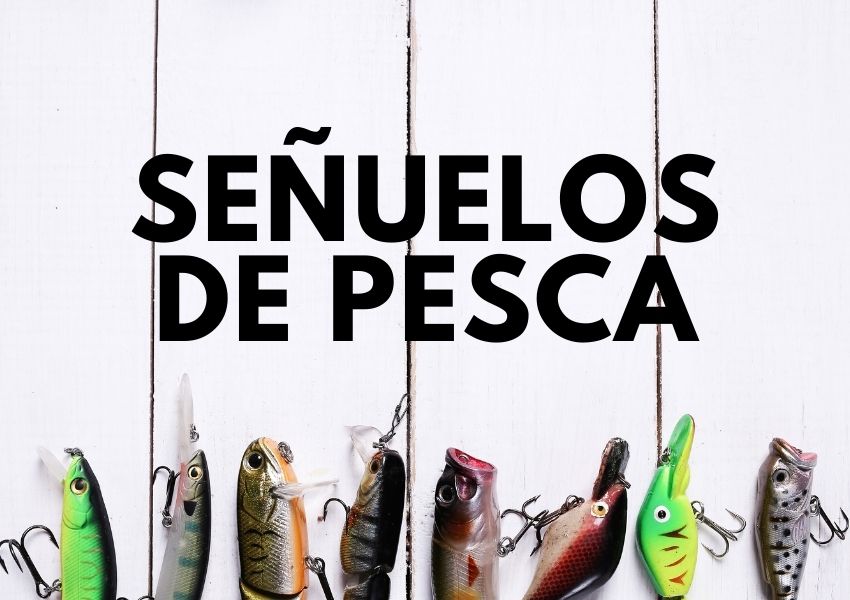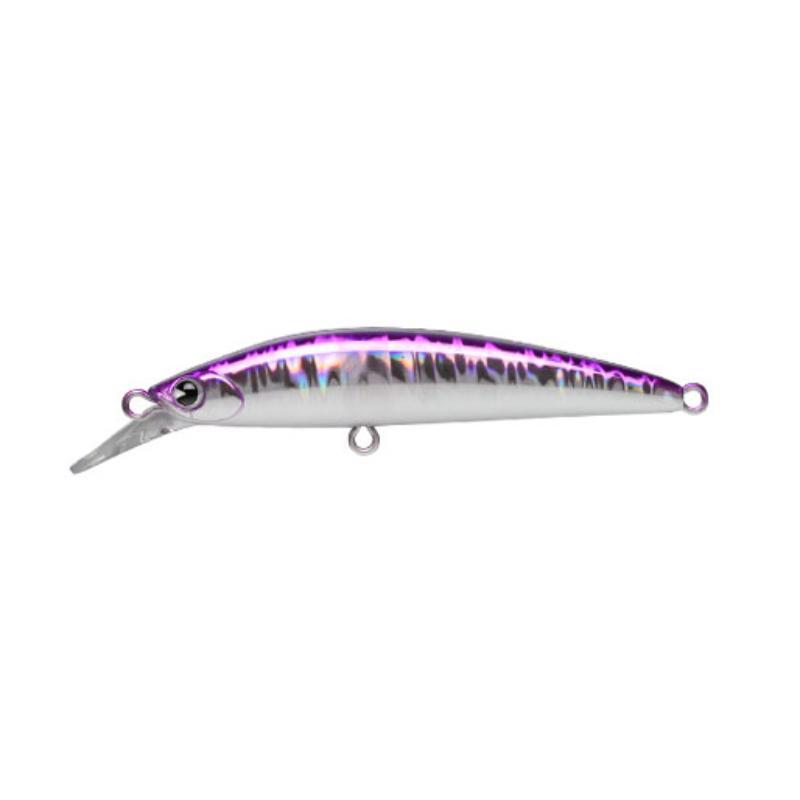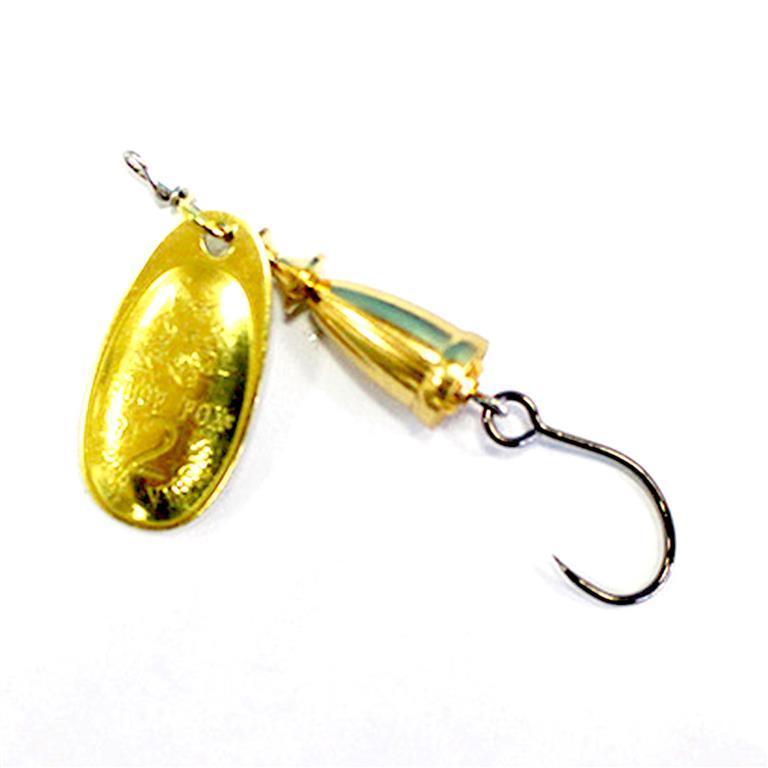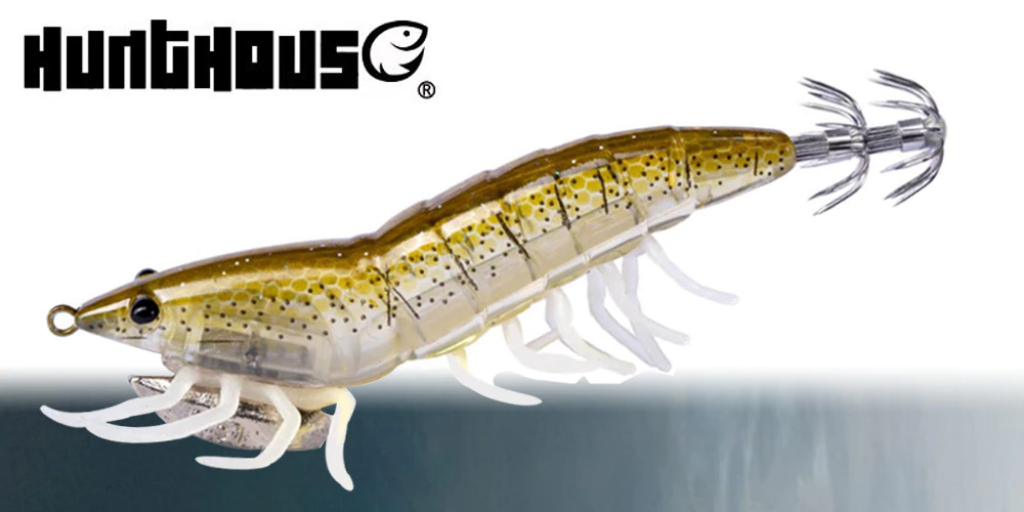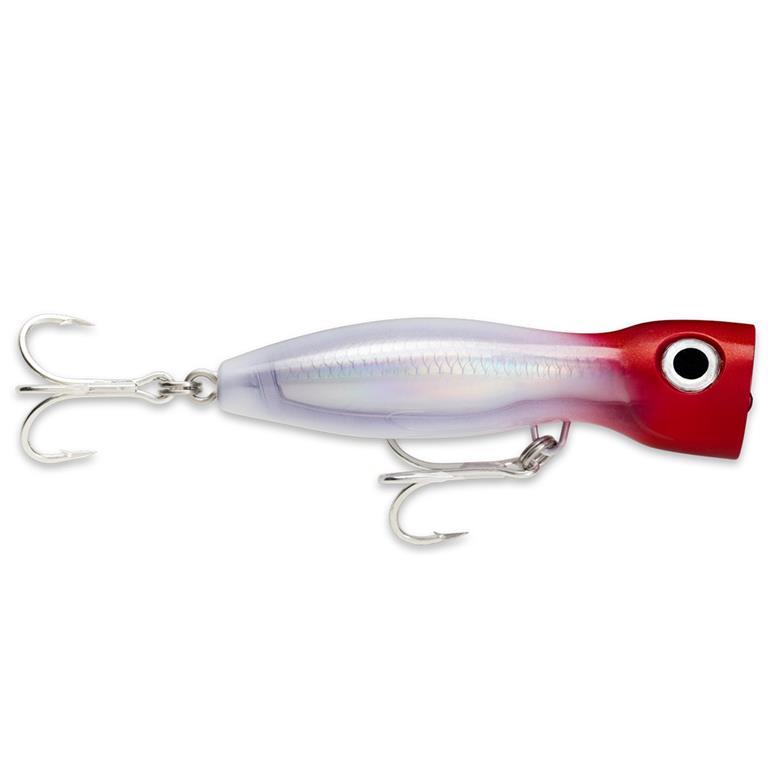Los señuelos de pesca son una parte del equipamiento imprescindible en una jornada de pesca. Estos consisten en imitaciones artificiales de peces o presas utilizados para atraer a nuestras capturas. ¿Cómo conseguimos que el pez pique? Dependerá del color del señuelo, de la forma o presa a la que imite, del material e incluso del movimiento que le demos al mismo para engañar al pez.
¿Qué señuelo de pesca elegir?
Como hemos comentado antes, los señuelos de pesca son imitaciones de las presas, y junto a la caña y el carrete, son uno de los elementos más importantes a la hora de pescar. Tener una caja preparada con diversidad de ellos nos será muy útil.
Tradicionalmente se pescaba con cebo, hasta que a finales del siglo XIX, comienzos del XX, los pescadores diseñaron los primeros señuelos, convirtiéndose en toda una revolución en el mundo de la pesca. Hasta el día de hoy, estos utensilios se han ido diversificando y mejorando para ofrecer al pescador la mejor solución posible.
¿Cómo se qué señuelo de pesca elegir? Bien, dependerá de la modalidad de pesca que vayas a practicar, de la especie a capturar o de la zona en la que nos encontremos. La variedad de señuelos existente no nos ayuda a resolver esta cuestión: Existen infinidad de colores, materiales, formas, tipos, tamaños… Lo más óptimo es que usemos un señuelo lo más parecido posible a la presa de la que se alimenta el pez que queremos capturar. Además hay otras cuestiones a tener en cuenta a la hora de elegir el señuelo, como la distancia de lance, el movimiento y la capacidad de profundización (superficie, media agua y hundidos).
Tipos de señuelos de pesca
Ahora que ya conoces qué has de saber para elegir el señuelo de pesca, vamos a explicar los tipos de señuelos principales y cuándo y cómo usarlos.

Señuelos de pesca: Jigs
Los jigs son unos de los señuelos de pesca más conocidos. Normalmente son duros y metálicos y se emplean en la pesca a Jigging. Estos imitan muy bien el movimiento de las presas y nos pueden permitir la captura de grandes peces. Están formados por un anzuelo y gracias a su peso son adecuados para presas que se alimentan en el fondo.
Señuelos peces artificiales
Existen infinidad de estos señuelos, ya sean de superficie, media agua o de gran profundidad. Estos pueden estar hechos de plástico, metal o madera e imitan muy bien a sus presas, tanto en forma como en colores. Son señuelos duros que suelen tener 2 o 3 anzuelos, además pueden tener una hoja de metal o plástico en la parte frontal a la que se le llama labio. Algunos ejemplos son los Minnow, los Jerkbaits o los Crankbaits.
Los señuelos Crankbaits son muy usados para el agua dulce, para la pesca de especies como el black bass, la lucioperca, el lucio o la perca. Estos imitan fielmente las presas de estos depredadores, de ahí su efectividad. Además de ser muy duraderos, su oferta es muy variada, encontraremos infinidad de colores y tamaños.
Vinilos de pesca
Los vinilos son señuelos blandos y flexibles, de plástico o silicona de gran variedad de colores que se pueden usar tanto en agua dulce como salada. Imitan a muchas clases de criaturas como peces, gusanos, cangrejos, ranas… Estos señuelos también pueden ir acompañados de una cabeza plomada para sumarles peso. Si quieres saber más sobre este tipo de señuelos y ver las mejores recomendaciones, no te pierdas esta guía: Pesca con vinilos. ¿Cómo elegirlos?
Señuelos de pesca: Cucharillas
Su nombre nos indica el aspecto de este señuelo. Se trata de una hoja metálica curvada y cóncava, similar a una cuchara, que hace movimientos ondulados en la recogida. Estos movimientos o turbulencias se asemejan a un pez herido, por lo que los depredadores no se pueden resistir a picar el señuelo. Es un señuelo muy típico para la pesca de agua dulce en modalidad spinning.
Señuelos o excitadores para curricán
Estos señuelos se utilizan en la pesca a curricán o trolling, nacieron en los Estados Unidos y tienen forma de V con varias aletas en su cabeza plomada. Imitan a peces pequeños presas de grandes depredadores marinos como bonitos, atunes o llampugas.
Señuelos Spinnerbait
Estos señuelos son muy variados pero tienen en común que se mueven horizontalmente en el agua. Están formados por un anzuelo con faldones en un lado, y en el otro lado una o más hojas que funcionan como hélice. Estos señuelos son muy efectivos para la pesca de especies de agua dulce como el Black Bass, el lucio y la perca gracias a las vibraciones y destellos que emite con sus hojas.
Jibioneras o pajaritos
Este señuelo de pesca es conocido por diferentes nombres: Jibioneras, pajaritos, poteras, jibiones, egis… Sirven para la pesca de cefalópodos (calamares, pulpos, sepias), es decir, la pesca a eging. Está hecho de plástico recubierto con tela normalmente, e imita a un pez o gamba alimento de calamares y sepias. No tiene un anzuelo como tal, sino una o dos coronas de púas acero donde se enganchará nuestra captura.
Señuelos de pesca: Poppers
Los poppers son señuelos que imitan a peces heridos o moribundos, por lo que son muy atractivos para los depredadores que creen que puede atacar a un pez débil. Sirven tanto para agua dulce como salada y son tan útiles gracias a su sonido aunque también hay que saber darles el movimiento adecuado.
Señuelos de pesca: Moscas
Son señuelos para la pesca a mosca tradicionalmente, constan simplemente de un anzuelo y un faldón. Los materiales que se usan son plumas, hilos y pieles para hacerlos parecerse a insectos, crustáceos u otras presas. Su fabricación suele ser artesanal y difícil, considerándose todo un arte.
Señuelos articulados
Se caracterizan por ser de plástico y estar divididos en varias partes, lo que les proporciona un movimiento muy natural dentro del agua. Son muy efectivos y muy realistas, de ahí su precio algo superior. Hay mucha variedad y se utilizan en agua dulce. Encontramos por ejemplo los Swimbaits, señuelos aptos para pesca en agua dulce continental, muy conseguidos y detallados.
Conclusiones
Cómo has podido comprobar existen infinidad de señuelos de pesca. Cada pescador elegirá los suyos en función de la modalidad de pesca que practique, si es en agua dulce o salada, de la especie que quiera capturar… Pero podemos ser más específicos aún, si quieres saber qué señuelo en concreto te funciona mejor con cada especie y para cada modalidad en una zona concreta, e incluso qué colores de señuelo son los mejores, prueba el FishLab de WeFish.

